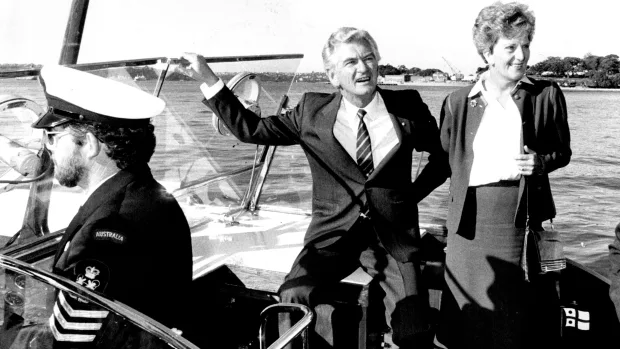Labor prepared for the 1987 election campaign on three major policy fronts. First, having already nominated Stage 2 of the Kakadu National Park for World Heritage listing, Labor burnished its environmental credentials with new initiatives. Stage 3 of Kakadu was gazetted, and the Daintree wet tropical rainforests of far north Queensland were nominated as World Heritage. Restrictions on logging ‘old growth’forests in Tasmania were agreed with environmentalist Bob Brown. Environmental groups responded by urging supporters to vote for Labor. Second, a major new social security program was developed, targeting cash support at poor families with children.
The Family Allowance Supplement became the centrepiece of Hawke’s campaign policy launch, a glitzy event in the Sydney Opera House on 23 June. Hawke declared the aim that ‘by 1990 no child will be living in poverty.’ This rhetorical shorthand - the program was designed to remove the ‘financial need’ for a child to live in poverty by 1990 - overshadowed the substance of the reform itself.
The third policy theme of the campaign was to maintain the momentum of structural reform with a micro-economic reform agenda for the third term, with initiatives in transport, tourism, information technology, training and union amalgamations. Initiatives such as these, building on Labor’s reforms over the previous five years, were brilliantly captured in the party’s campaign advertising anthem ‘Let’s Stick Together, Let’s See it Through’. The campaign machine was again professionally led by ALP National Secretary Bob McMullan.
In stark contrast, Howard’s divided and divisive opposition was further distracted by the populist ‘Joh for Canberra’ campaign, aimed at elevating the flat-taxing Queensland Premier Joh Bjelke-Petersen to the Prime Ministership. The campaign spanned the first midwinter election since 1943, won in mid-WW2 by John Curtin. Election Day on 11 July 1987 –- saw Labor increase its majority to 24 seats (86 to 62), albeit on a primary vote that dropped again, to 45.8%.

